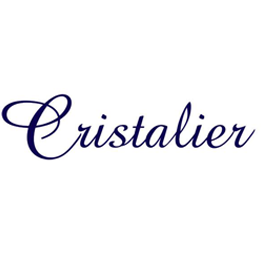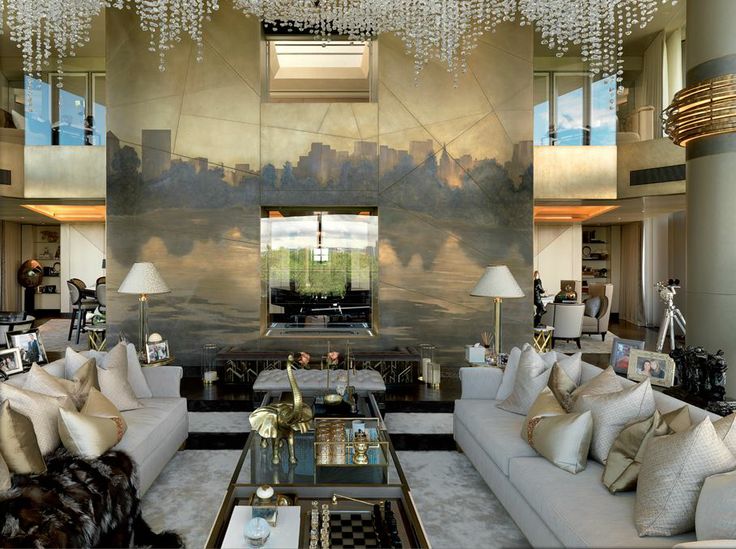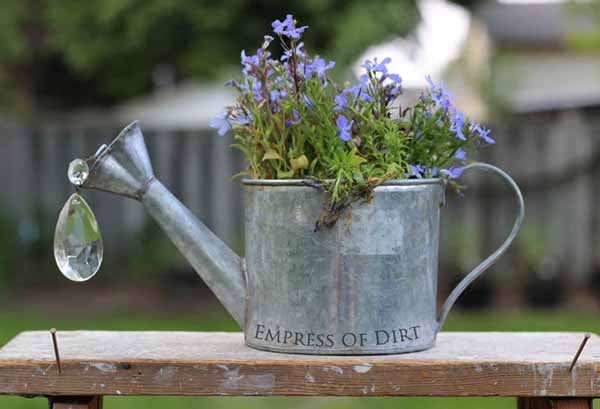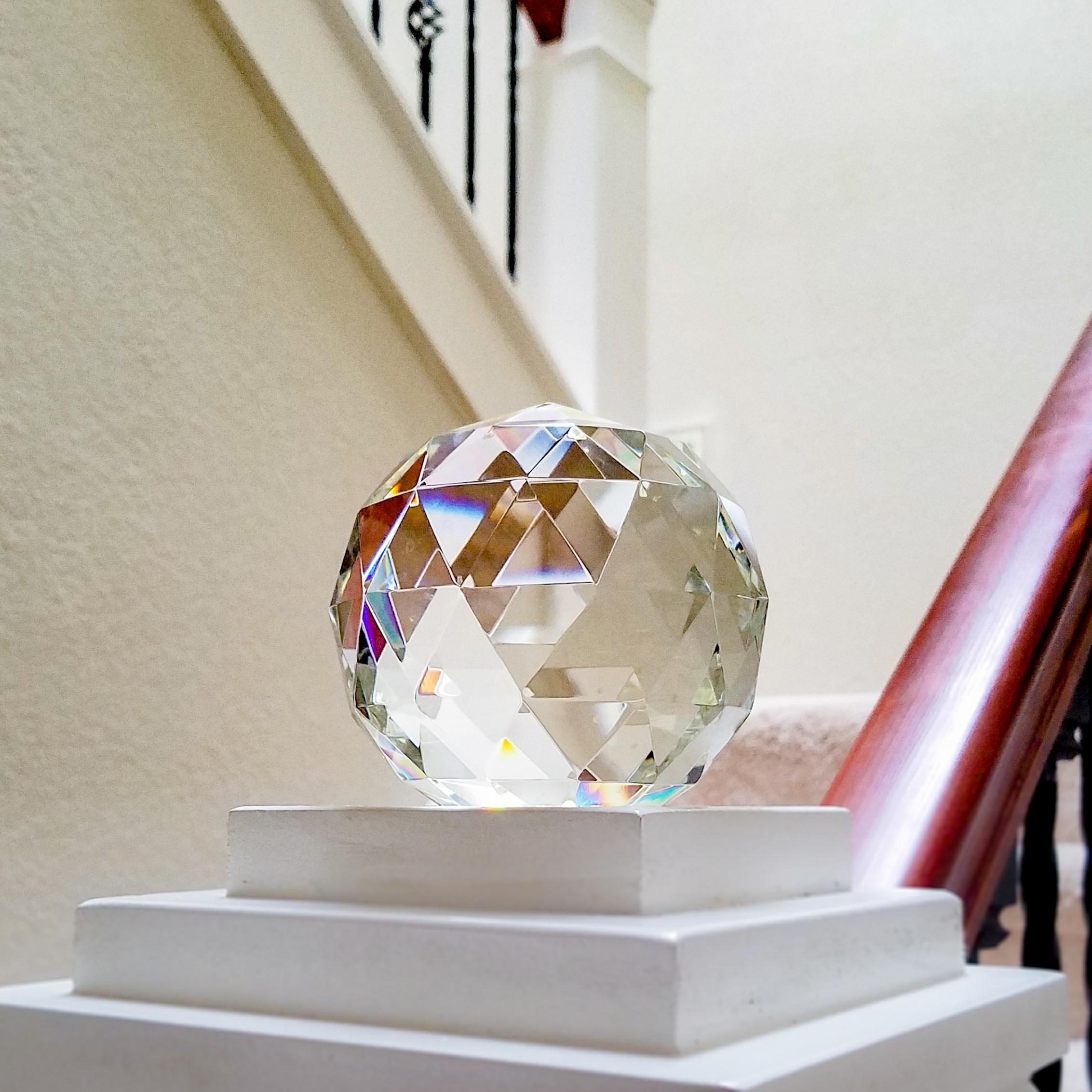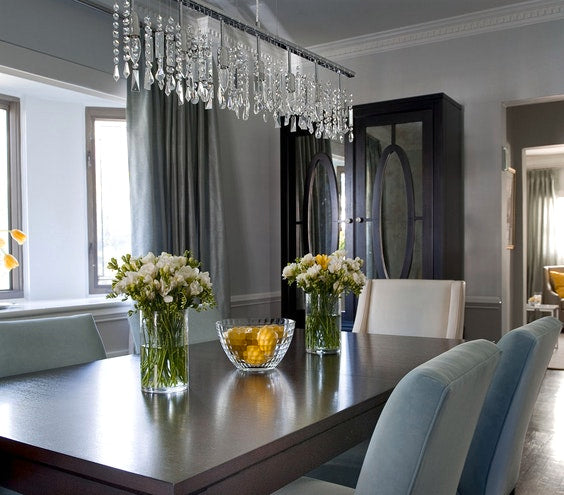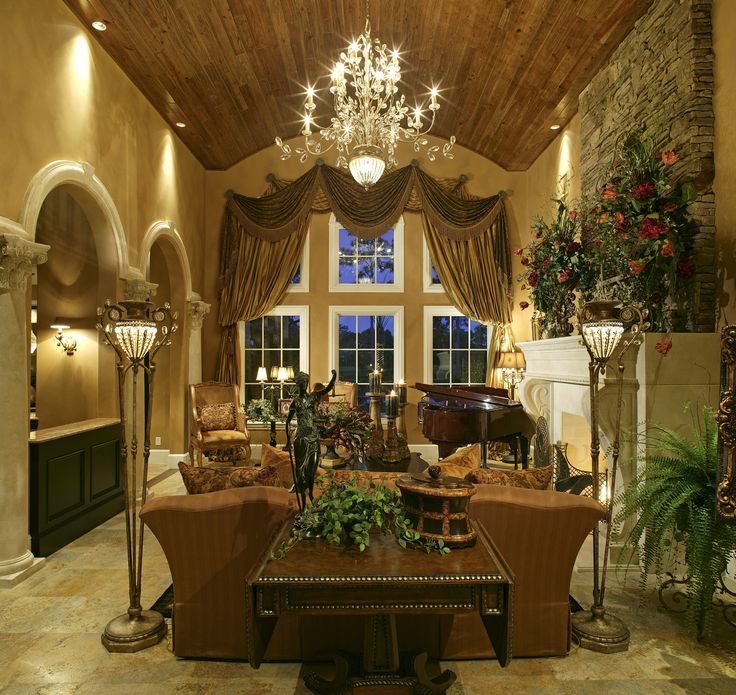
Chandeliers were originally used in abbeys and medieval churches in order to competently light up huge rooms and halls. It is a fixture set at the ceiling which has about two or more arms embracing lights. Before, chandelier typically form was made of a wooden cross which has spikes for securing it.
Afterward, chandelier was not only for lighting purposes, it even gained decorative and aesthetic functions, ever since it took on further sophisticated forms. Finding chandeliers in palaces and at the homes of the rich, it that really surprising, in time, chandeliers became a symbol of wealth.
Crystal chandelier is one form of chandeliers. It varied and devised gradually but the stature came through the development of lead glass in England in the 17th century, stated by Jutta-Arnette Page, curator of the European Collection at the Corning Museum of Glass at New York.
The result of lead is the capacity of making the glass extremely refractive, so the adding of lead had given the old crystal its clearness and glittering shine. The refraction of the glass clearly outlines the quality of the chandelier.
Donna Wilkinson described the familiarity as reminiscent of Europe’s 18th and 19th century magnificence. “Tiers of flickering candle flames were reflected in the diamond like drops and pendants; every color of the rainbow was dispersed throughout the room,” stated by in her article written for Arts & Antiques Magazine. Rock crystal was uncommon and very pricey during those times, a reason why there have been problems on attaining refraction. And that cristallo was quite delicate and breakable, which makes it complex and hard in cutting the crystal that can make probable fraction.
Developed in the year 1676, a crystalline glass that can be an option to rock crystal, it was done by George Ravenscroft, an English man, who actually searches for an alternative. Glass becomes supple and easier to slash if adding lead oxide was made; this was discovered by George after performing series of test and experimentations. The simplicity of cutting can make the glass even more refractive and will turn out to be more transparent than the rock crystal.
Jessie McNab, associate curator of decorative arts at the Metropolitan Museum of Art in New York, stated that “Lead glass gave fire and life to glass crystals. And if it was used on chandeliers with candles, it was absolutely brilliant.”
Chandeliers soon became opulence objects and its designs became even more complicated and sophisticated. The demand for chandeliers rose. Rococo was been the biggest influenced with the chandeliers in 1750s. Chandeliers made with cut-glass pendants and some glittering ornaments which gave it more clarity and sparkle. The stunning style of Robert Adam, in 1765, actually made chandeliers longer. Grecian-um a design was used with the shafts of the chandeliers. The arms of the chandelier were strung with chains of pendants and the drip pans like bells and flowers were even more sophisticated and complex.
The attainment of the ‘English crystal’ actually undergone heaps of problems and implementation, but the European continent is still hoping that this would come up better. J. & L. Lobmeyer in Vienna and baccarat in France, made some attempts, and were able to attain excellent lead crystal chandeliers in the 1820s and 1830s. Artisans didn’t stop in developing better and exceptional chandeliers.
- Jul 02, 2020
- 0
Crystals have shown how they can be perfect decorations for all kinds of situations and purposes. Christmas is without a doubt the perfect time to use colored and clear crystals at home. They bring a great level of elegance and style to your place. A nice set of colored crystals combined with crystal prisms and clear crystal shapes can be a perfect way to get the ultimate look for all kinds of events.
Weddings, anniversaries, birthdays, graduation parties, holidays and special celebrations can all benefit from having a great crystal decoration. Crystals are always a proper choice regardless of the kind of celebration you are planning.
- Jul 01, 2018
- 0
- Jan 11, 2018
- 0




